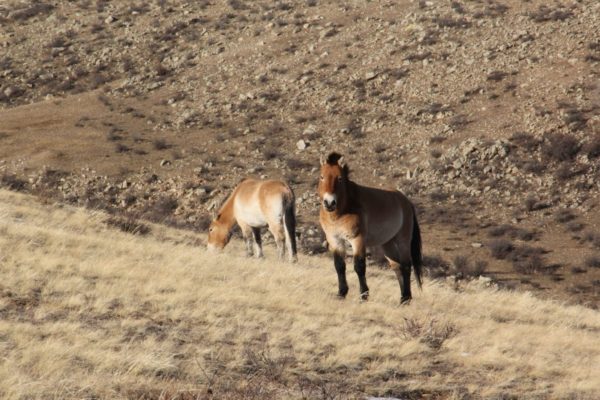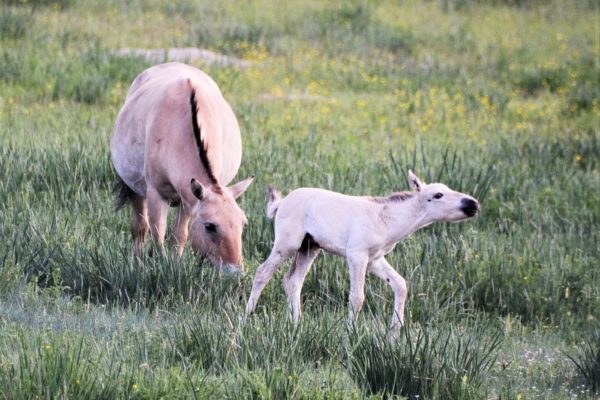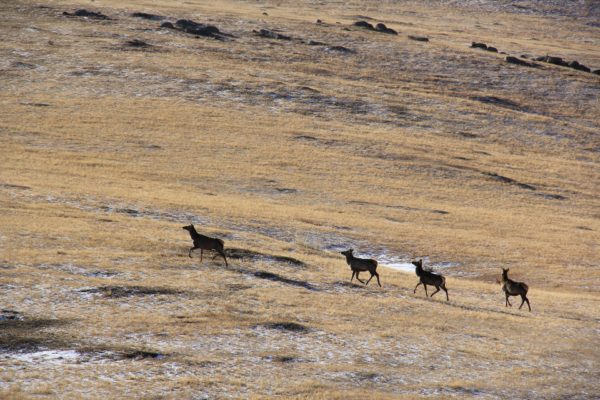Wild Horse Conservation in Khustai National Park
About 100 kilometers southwest of Ulan Bator in the Tov aimag is the Khustai National Park which was initially established as a protection zone in 1993. It has been operated by the Khustai National Park Foundation since 2003, which works closely with the Mongolian Ministry of the Environment. The aim of the organization is, among other things, to integrate the nomads living near the park into sustainable ecotourism and at the same time to give visitors authentic insights into nomadic life.
Attractions and Activities
Khustai means birch mountains. The grandiose park landscape with stone steppes, hills, and mountains offers ideal conditions for hikes, bird watching and horseback riding. The Ungut stone steles from the 6th to 8th centuries, which are located in the middle of Khustai National Park, are also a nice photo motif. At Khustai Tourist Camp you get directions to get there. It is home to many wildlife including Siberian elk, gazelle, red deer, wolves, wild boar, argali sheep, and ibex. It is also home to more than 100 species of birds, including bearded vultures, golden eagles, falcons, and black storks. The approx. 500 square kilometer area on the Tuul River is particularly important for the reintroduction of the Przewalski wild horses (takhi). They were already extinct in the wild and only survived in zoos. Thanks to successful breeding programs, more than 100 animals now live here again. During the day, the takhi are almost untraceable and roam high in the mountains. In the early morning and in the evening, however, with a bit of luck you can watch them drinking from a distance in the river valley.










